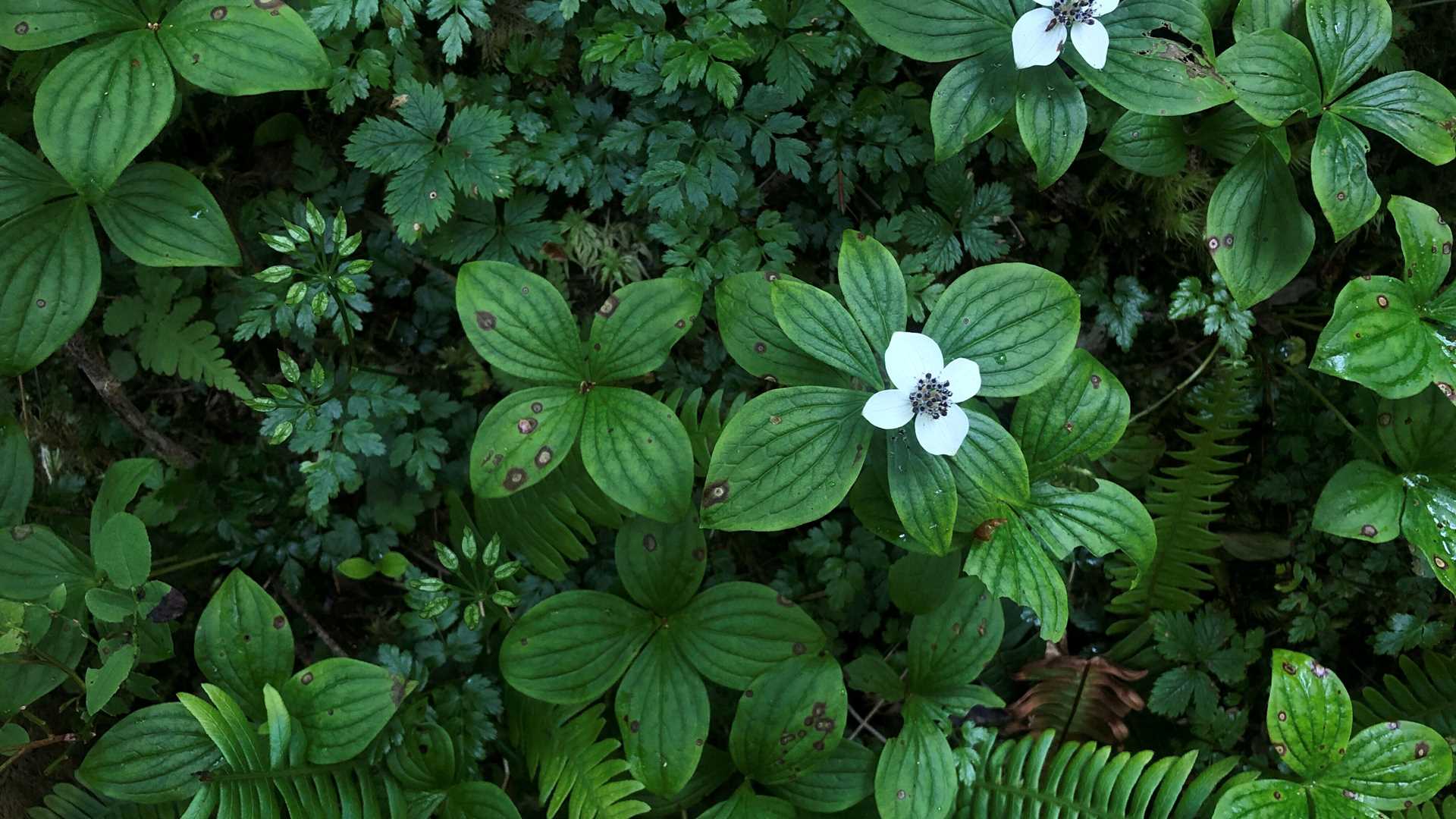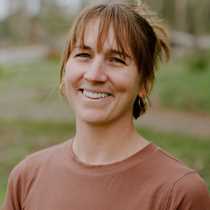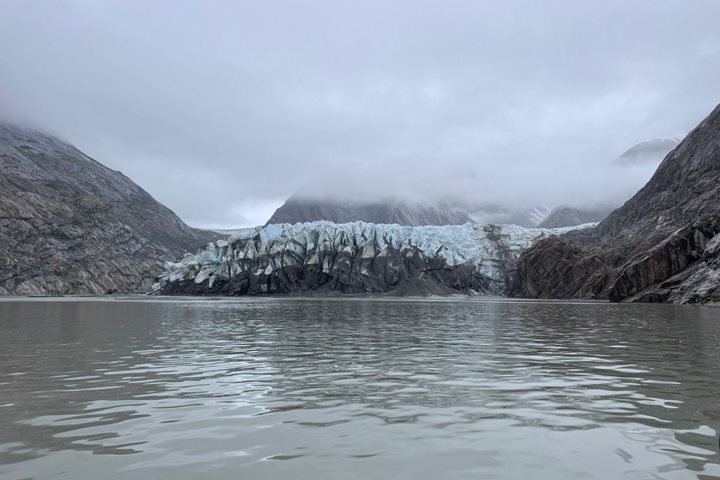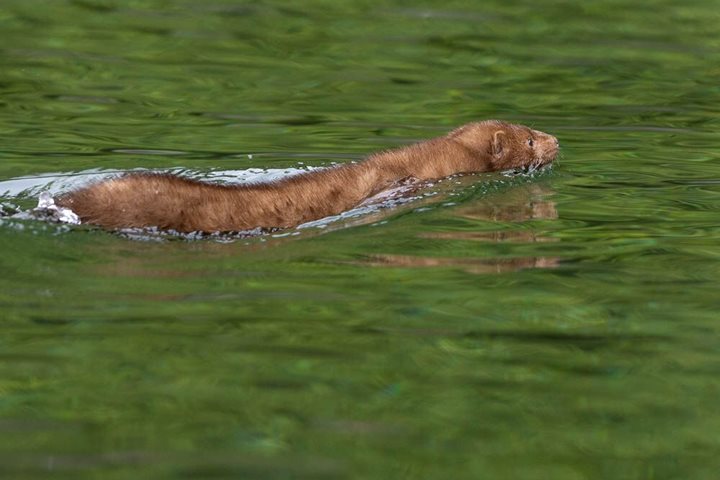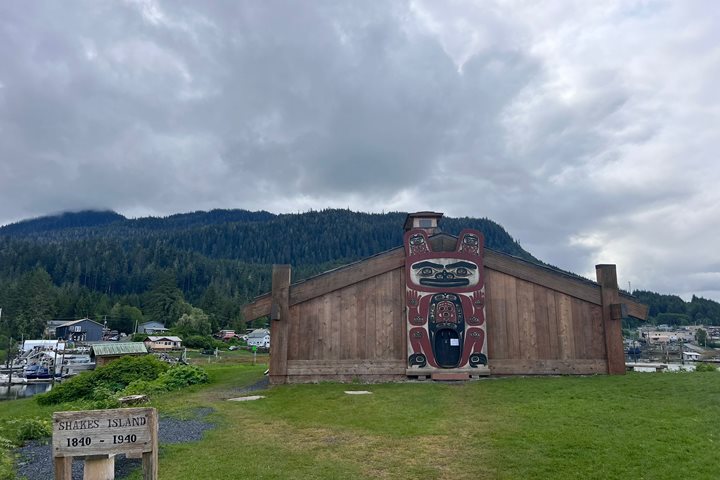Today we explored one of Southeast Alaska’s most pristine old growth trails along Cascade Creek. Guests peeked into the understory to find a carpet of moss and lichens, along with broadleaved devil’s club, delicate deer ferns, and bunched dwarf dogwood. A few minutes into the forest, we spotted a breathtaking view of Cascade Creek’s falls. The sunrays were peeking through, and the roaring waterfall misted the trail, creating a unique photo opportunity for all. What a quintessential day of adventure in Southeast Alaska here on National Geographic Sea Lion.
6/5/2025
Read
National Geographic Sea Lion

